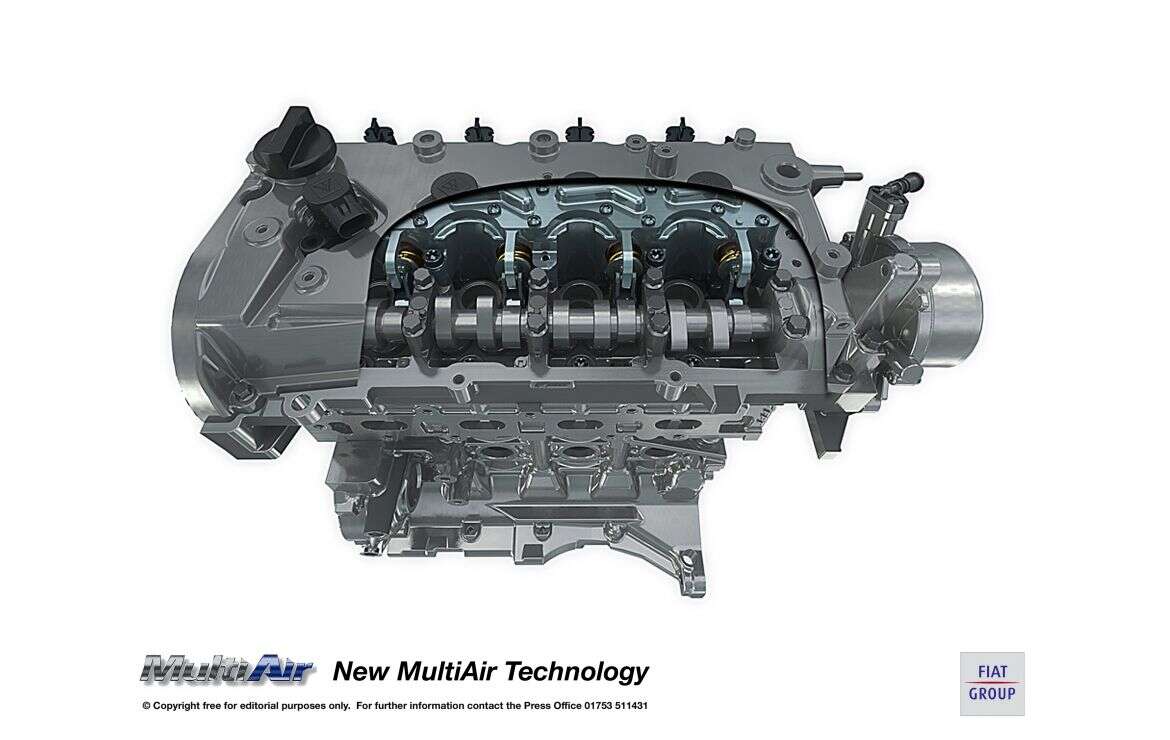Fiat’s new MultiAir petrol engine is designed to meet the demands of consumers who are demanding more efficient models and stricter CO2 emissions standards.
Fiat’s new MultiAir petrol engine is designed to meet the demands of consumers who are looking for more fuel-efficient models and stricter emission standards. Fiat considers the MultiAir to be the most advanced petrol engine design of recent years. It offers more power and reduces fuel consumption. The MultiAir emits less exhaust than conventional petrol engines.Fiat’s long history of using technological advances to improve the performance and efficiency of diesel engines led them to adopt a similar approach in developing the MultiAir engine. A conventional engine loses about 10% of its input energy when it pumps the air charge from the lower intake pressure to the higher atmospheric exhaust pressure. Fiat began investigating the possibility of decreasing wasted energy in the 1980’s. However, it was only recently that they were able to create a new system that utilizes direct air charge metering at cylinder inlet and maintains a constant natural downstream pressure.
Although the new system is complex, it basically works by having a series solenoid valves that are turned on and off using the rotation of the camshaft. There are many scenarios that can be created when the solenoid valves activate to maximize power and fuel consumption. The press release gives a detailed overview of how the system works.
The MultiAir engine offers many benefits, including a 10% power increase due to the performance-oriented mechanical camshaft profile. A revised intake valve closing system that improves low RPM torque up to 15% and a 10% decrease in fuel consumption and CO2 emission due to the elimination of pumping losses. The MultiAir engine has a 25% overall increase in fuel economy over conventional naturally aspirated engines of the same performance.
MultiAir technology may be introduced on Fiat’s diesel engines in the future. It promises to reduce NOx emissions by up to 60% and CO2 emissions by up to 40% during cold starts and engine heat-up.
